The Philippine Fault Zone is under Pressure
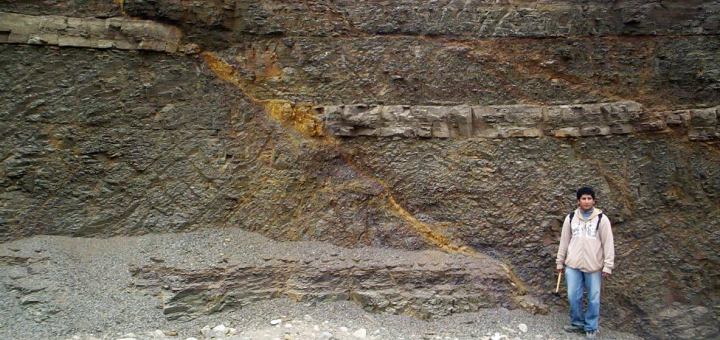
The Philippine Fault Zone (see map) is under pressure. In the last 27 hours 17 Earthquakes were recorded between Ambaguio and Bokod slightly east of Baguio.
The pressure in the fault zone comes from the rather fast moving Philippine Sea Plate in the east. The Philippine Sea Plate is moving westward at a speed of 80mm per year. The Philippine Sea plate is tectonically unusual in that almost all the boundaries are convergent. The Pacific plate is subducting beneath the Philippine Sea plate to the east while the west/northwestern part of the Philippine Sea plate is subducting beneath the continental Eurasian plate. There are shorter boundaries of the Philippine Sea plate with the Okhtosk plate to the north, and the Australian plate to the south. (Read more here)
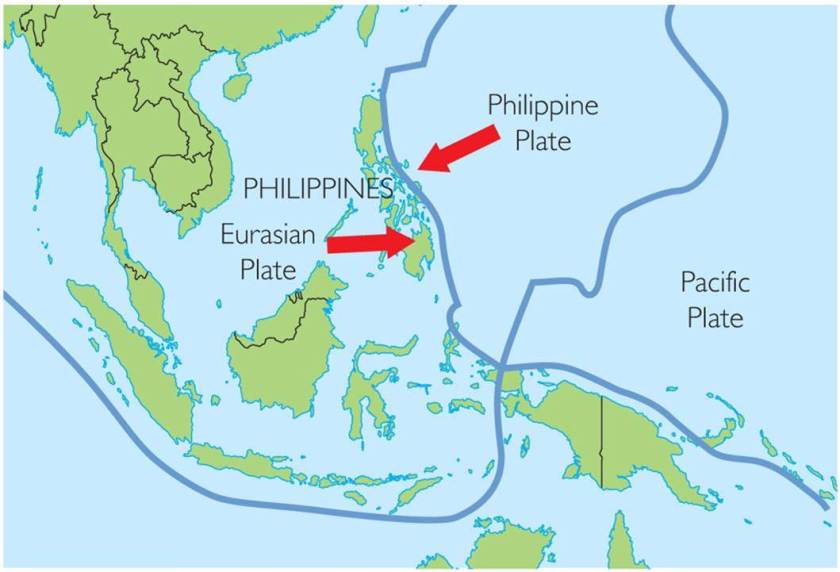 Picture courtesy of MrGeogWagg
Picture courtesy of MrGeogWagg
The Philippine Fault Zone
The Philippine Fault Zone (PFZ) extends 1200 km across the Philippine archipelago behind the convergent boundary of the Philippine Trench and the subduction of the Philippine Sea Plate. This left-lateral strike-slip fault extends NW-SE (N30 – 40 W) accommodating the lateral oblique motion of the subducting Philippine Sea Plate with respect to the Philippine Trench. It extends from Davao Gulf in the south, bisects the Caraga region at the Agusan River basin, crosses to Leyte and Masbate islands, and traverses Quezon province in eastern Luzon before passing through Nueva Ecija up to the Ilocos region in northwest Luzon. The northern and southern extensions of the PFZ are characterized by branching faults due to brittle terminations. These horsetail faults (green lines in the red circle) are indicative of the lateral propagation and further development of the PFZ.
Last 10 Earthquakes (2016-06-11 @ 10:00 a.m.)
Yesterday’s situation is here: Rumbling North – Strong Earthquake with Aftershocks
The dynamic and interactive maps shown above can be found here: Philippine Earthquakes
We keep an eye on these events. In 1999 researchers from USGS and PHIVOLCS published an interesting article. They suspected: The spatial and temporal proximity of the 1990 Ms 7.8 Luzon earthquake and reawakening of Mount Pinatubo in 1991 hints at the possibility of a relation between the two events.
Maybe the northern horsetail of the Philippine Fault Zone will soon calm down again or maybe the intensity of the quakes will increase. Stay with us, we are on the pulse of the earth.
[GARD]

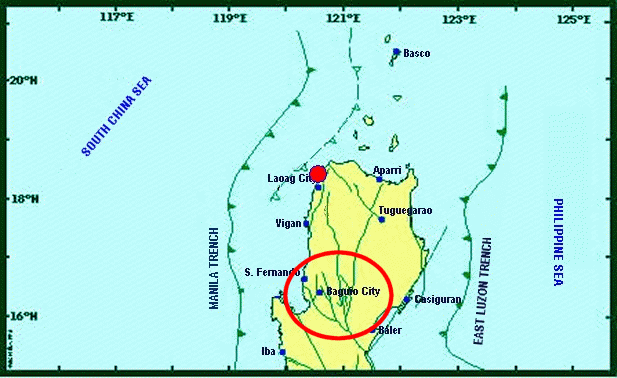
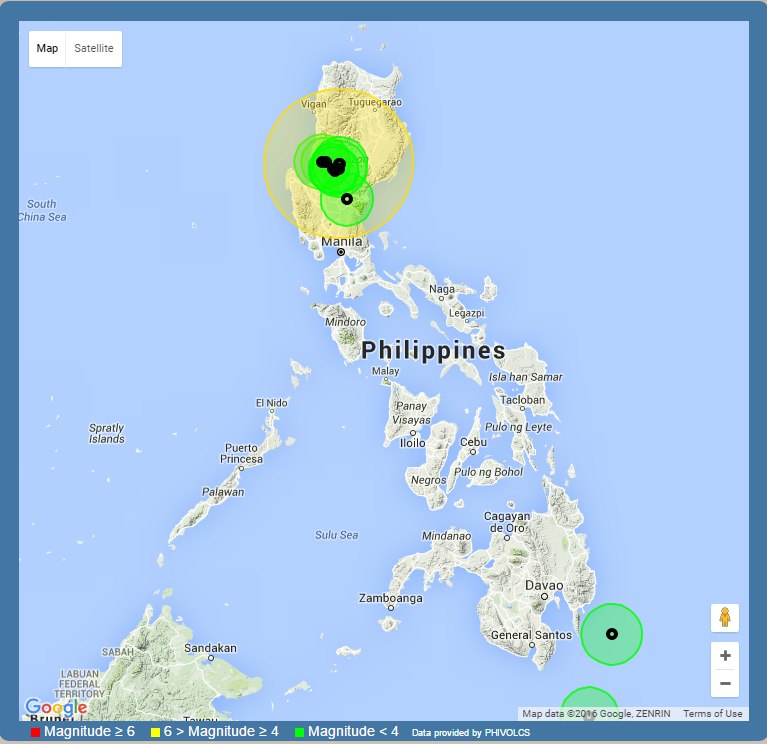
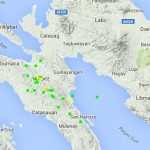


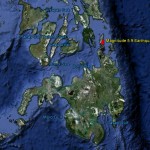



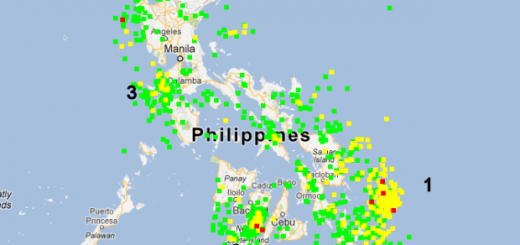

Recent Comments